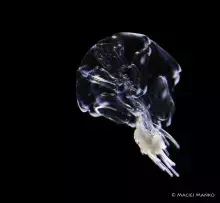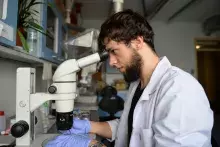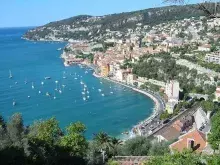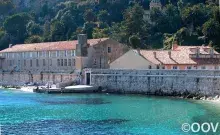Grant EMBRC dla Macieja Mańko
Doktorant z naszego Wydziału, Pan Maciej Mańko z Zakładu Badań Planktonu Morskiego Instytutu Oceanografii UG uzyskał grant ufundowany przez European Marine Biology Resource Centre (EMBRC), w ramach którego będzie prowadził badania nad cyklem życia rurkopławów, bliskich kuzynów meduz, w śródziemnomorskim instytucie naukowym Observatoire Océanologique de Villefranche-sur-Mer. Doktorant spędzi w tej placówce 4 tygodnie.
Serdecznie gratulujemy!
Tytuł grantu: Calycophoran eudoxid – a highest level of zooids’ functional specialization? Celem jest określenie roli eudoksji, struktury występującej u rurkopławów z podrzędu Calycophorae, w przebiegu ich cyklu życia.
Więcej o Macieju Mańko w archiwalnym wywiadzie na stronie UG.
Poniżej streszczenie grantu w j. angielskim:
Siphonophores are planktonic hydrozoans (Cnidaria), found in every zone of the oceans and characterized by unique morphologies and developmental modes. They can form lengthy colonies composed of functionally specialized zooids (individuals), arranged in clusters, called cormidia.The species-rich suborder Calycophora represents a particularly intriguing life cycle, where gamete production happens in a dispersive element, called eudoxid, derived from the colony; the posterior-most cormidium is actively separated from the colony, thus producing a free fragment which disperses away and later on will release gametes. Given that a calycophoran colony can produce dozens of eudoxids during its life span, this mode of dispersion has profound consequences over the overall population dynamics. Building on preliminary results that we obtained previously at the marine station of Villefranche-sur-mer, we have formulated the hypothesis that eudoxid release evolved by acquisition of a new function by a specialized zooid, the bract, which ancestrally has a role of shelter and protection for the colony. In calycophores, bracts seem to be responsible for the active separation of the eudoxid from the colony. To properly test this hypothesis, we propose a comparative study on seven chosen species, sampled from the bay of Villefranche. During this four weeks project, we will first test, by microdissections, whether bract-deprived specimens of each of the seven species are able to release eudoxids, and secondly analyze changes in bract morphology during eudoxid release using actin/tubulin fluorescent staining.








